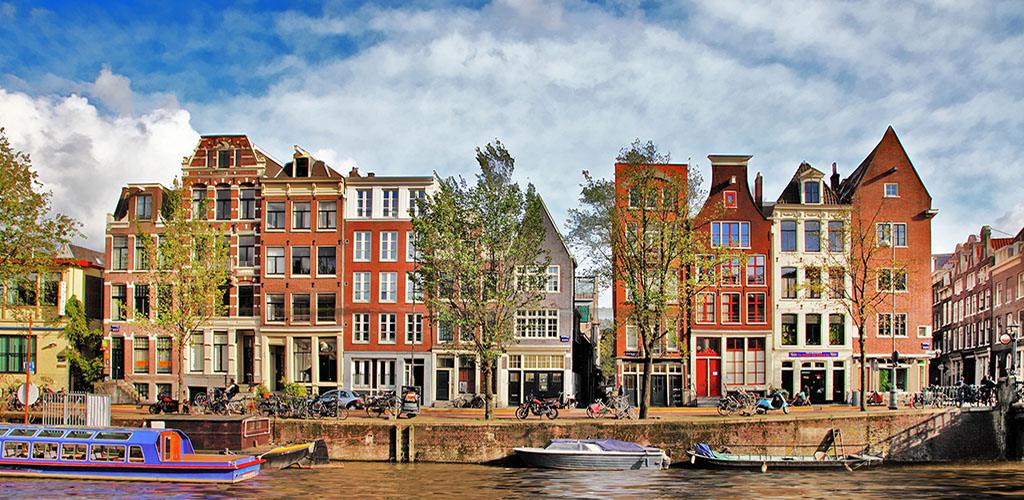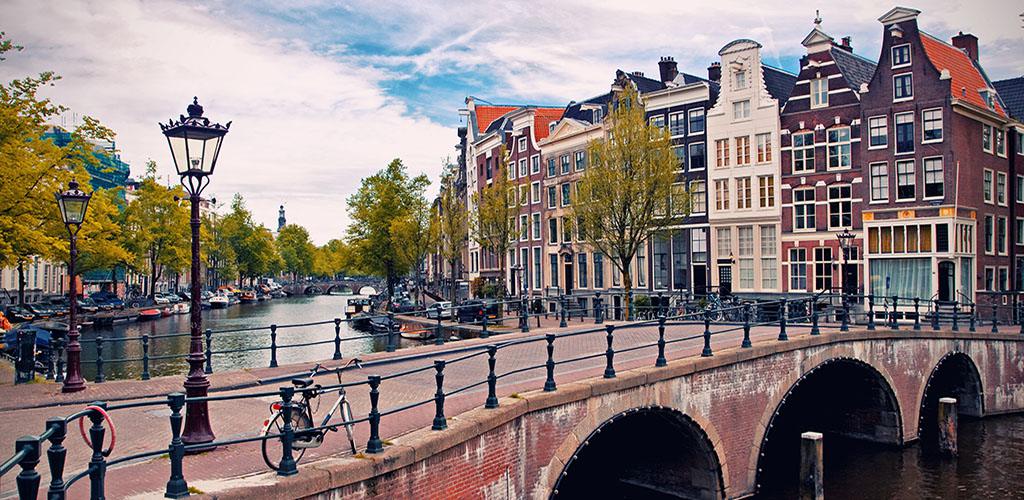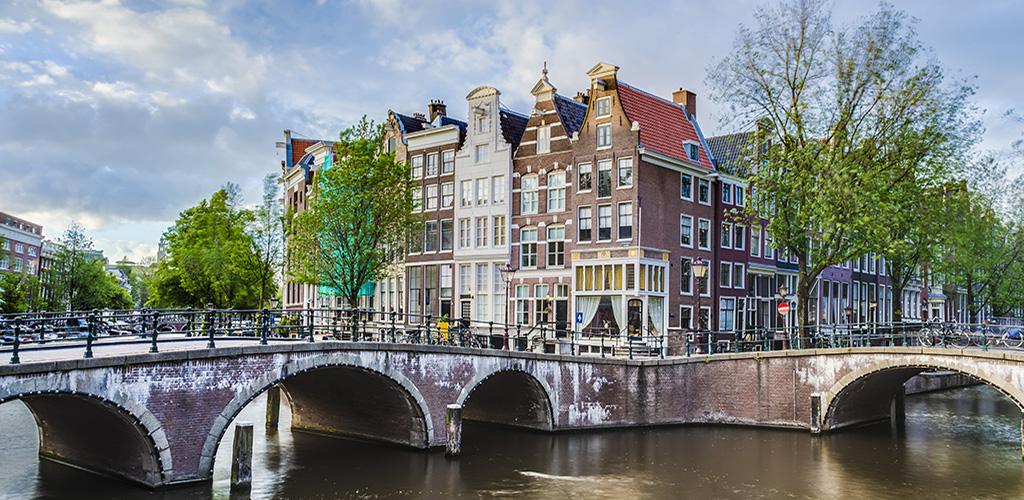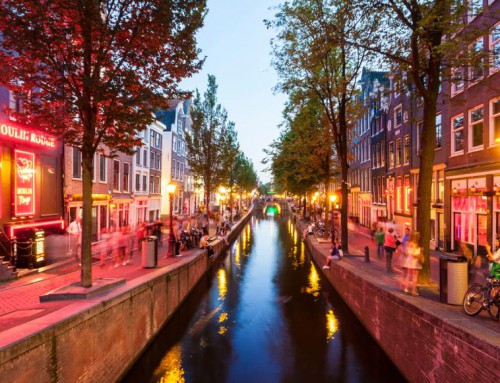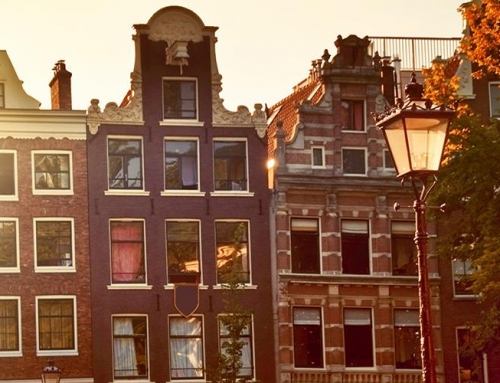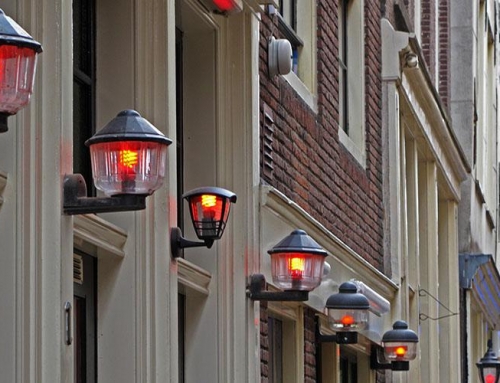During the 17th century Amsterdam was booming, but all this financial prosperity also had a downside. The popularity of the city made living space and residences scarce. Therefore, the city council decided to expand the town, creating a residential area for workers and small business we nowadays now as the Jordaan. Close to this neighbourhood a residential area was also created for the upper class, that consisted of imposing houses with large gardens along newly dug canals; the Canal Belt, also known as the Canal Loops or the Canal Ring (Grachtengordel in Dutch).
Contents
Construction of the Canal Ring
The beautiful architecture of this suburb of the Golden Age we still marvel at nowadays was meticulously constructed with the aim to combine beauty with usefulness. The design of the buildings and infrastructure of the Canal Belt is characterized by clean lines that today are still clearly visible when you look at an Amsterdam map, or view the city from a helicopter. The historic center used the end at the Kloveniersburgwal and the Singel. The three new canals were dug here enclosing the historic centre in a ring like shape. The first ring is the Herengracht with subsequently the Keizersgracht and the Prinsengracht. The area is divided up into the Canal Belt – West (Brouwersgracht – Leidesestraat) and the Canal Belt – South (Leidesestraat – Amstel).
Picture perfect Canal Belt
In 2010 the Canal Belt was added to the UNESCO World Heritage List in order to protect the unique character of the area as alongside tulips, clogs and windmills, the global image of Amsterdam is one of a city entwined with canals. If you are curious about the décor of the houses you can visit museum Willet-Holthuysen. In 1895 this was the residential house of a rich couple who had no children, so when they died they left the house and all of its belongings to the city council. Today you can go back in time and see how they lived. If you would like to see a modern day interior, you might get lucky during the Grachtenfestival, when local residents open up their houses and sometimes even rooftops to give you a front row seat for the classical concerts given. During the Open Garden Days you can take a peek at the majestic gardens of the canal-side estates. But perhaps the most breathtaking views happen during a canal cruise, possible while sipping a glass of champagne to get a sense of the elite way of Amsterdam living.
Grachtengordel
Despite the beauty and charm of the Canal Belt, the Dutch translation of the area Grachtengordel also has a negative image, referring to its inhabitants. This stems from a number of prominent and well-known Dutch people who live within the Canal Belt, and for a considerable part are involved in the opinion-forming in Netherlands. Their left-wing, progressive and somewhat elitist ideas are not universally appreciated.
Canal Belt
1014 Amsterdam
Canal Belt – West is enclosed by these streets:
Brouwersgracht (North)
Singel (East)
Leidsestraat (South)
Prinsengracht (West)
Canal Belt – South is enclosed by these streets:
Leidsestraat (North)
Singel (East)
Amstel (South)
Prinsengracht (West)

